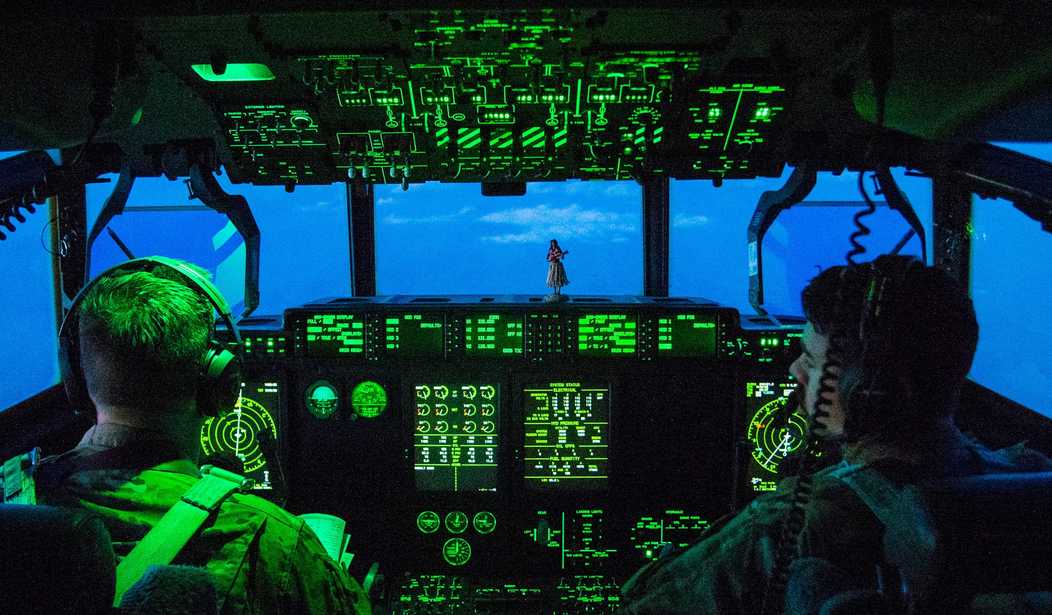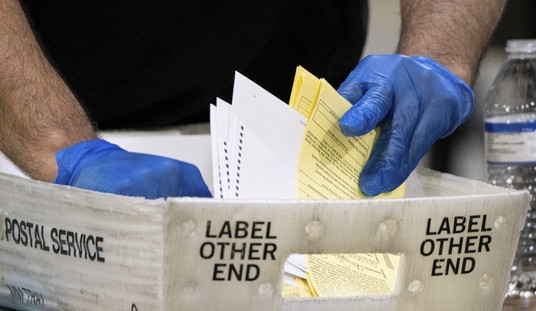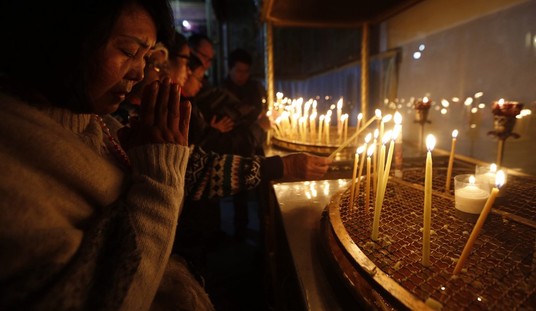WASHINGTON — Air Force officials told Congress this week that the pilot shortage is largely out of their control as the military competes with commercial airlines for talent, though the staff of drone pilots that had been working sometimes 12-hour days had recovered from a staffing deficit.
“You know, wasn’t long ago we were using the figure 1,500. So it’s not getting any — it doesn’t seem to be getting any better,” said Sen. Jim Inhofe (R-Okla.), filling in for Sen. John McCain (R-Ariz.) as chairman at the Senate Armed Services Committee hearing Tuesday to review the Air Force budget request. “We need to address that.”
Air Force Chief of Staff Gen. David Goldfein told the committee of increased time in the air for current pilots. “In 2016, our pilots averaged just 17 hours of flying time per month. We were able to advance that number to 19 hours in 2018. And, with this budget, we begin restoring pilot proficiency to 21 hours per month in 2019. Pilots join to fly, and this budget gets them back in the air,” he said.
“In 2016, we faced a shortage of over 4,000 maintainers. In 2018, we’ll reduce that number to almost zero,” he added. “Ten years of maintenance experience lost cannot be gained overnight. Yet this budget builds the foundation for a full recovery.”
Sen. Roger Wicker (R-Miss.) expressed concern about “the shortage problem in the Air Force, the shortage problem generally, and also training.”
“It’s been estimated that there is approximately a 2,000 shortage in the Air Force, including 950 fighter pilots. Boeing reports that North America will need 117,000 more pilots over the next 20 years,” Wicker said. “So what are we doing about this? Are we going to max out the UPT [Undergraduate Pilot Training] bases? And what about this somewhat controversial proposal to add a new contractor-run undergraduate training facility?”
Air Force Secretary Heather Wilson acknowledged that “there is a national shortage of pilots.”
“The airlines are going to be hiring over 4,500 pilots a year for the foreseeable future and they can’t hire anyone for the airlines who have less than 1,500 hours of flying time or 750 hours with the Air Force,” she said. “There is an inverse relationship between hiring in the airlines and retention in the services. We’re going to have to face that challenge. We’re facing it in three different ways.”
“The first is to validate our requirements; how many pilots do we really need? And really scrub those numbers. The second is, we’re trying to do everything we can to retain the pilots we have, with quality of service, quality of life, reducing the operating tempo, giving them more choice and options to be able to manage their own careers, so that we keep more pilots on active duty. And they came to serve, they — so there are ways to increase retention, but retention can’t be the only answer.”
Wilson said the third imperative is to “increase the number of pilots we’re training.”
“The first step is to maximize the capacity of the training bases that we have. The maximum capacity — we’ve trained about 1,100 pilots last year, I think was the number,” she added. “The maximum capacity of our current infrastructure is about 1,400 pilots a year… it has to do with the airspace, training ranges, runways, ramp space.”
Beyond that, Wilson said, the Air Force is “looking at whether we should have some flexibility with some contractor undergraduate training.”
“And we are looking at that option. It gives us the ability to increase for a bit and to recover faster, and also to ramp back down without affecting the indigenous Air Force capability,” she said. “So it is an option that we’re looking at.”
Goldfein said they’ve been “out eyeball to eyeball with our force, listening to them, squinting with our ears to make sure we understand, you know, what are those actions that we could take that would allow — that would keep them in the Air Force?”
“Because the part we can’t control is the overall problem statement, and that is that we as a nation don’t produce the pilots we need to adequately service business, commercial and military aviation. That’s a national challenge. We can’t control that, but what we can control are those things that we do within the service,” he added.
“And as the secretary laid out, it’s about increasing production, it’s about increasing retention through quality-of-service and quality-of-life initiatives, and it’s about ensuring that we understand with great fidelity the data that drives the requirement for pilots to go to do the nation’s business.”
Goldfein confirmed that the Air Force is roughly 2,000 pilots short.
“Do we need to be part of a larger conversation with industry and, frankly, with our allies about the international shortage?” Wicker asked.
“Sir, I think we do. This is a national shortage,” Wilson replied. “I would say that the only pathway for someone outside of the military to get into the airlines — there are very few of them: crop dusting, some, you know, flight instructing, or going overseas and flying with a foreign commercial carrier. Because they don’t have the 1,500-hour requirement.”
As far as drone pilots who remotely control unmanned aerial vehicles, the Air Force secretary said, “We had a deficit and we recovered.”
” And part of the way we recovered was there’s an insatiable demand for intelligence, surveillance and reconnaissance, and we told the combatant commanders we can provide 60 common air patrols a day of remotely piloted aircraft,” Wilson added. “We’ve got to get to recovery, because we were burning out — you know, pilots were flying remotely six days a week, 12 hours a day, never — never a break.”









Join the conversation as a VIP Member